APS 2011 Annual Report Download - page 94
Download and view the complete annual report
Please find page 94 of the 2011 APS annual report below. You can navigate through the pages in the report by either clicking on the pages listed below, or by using the keyword search tool below to find specific information within the annual report.-
 1
1 -
 2
2 -
 3
3 -
 4
4 -
 5
5 -
 6
6 -
 7
7 -
 8
8 -
 9
9 -
 10
10 -
 11
11 -
 12
12 -
 13
13 -
 14
14 -
 15
15 -
 16
16 -
 17
17 -
 18
18 -
 19
19 -
 20
20 -
 21
21 -
 22
22 -
 23
23 -
 24
24 -
 25
25 -
 26
26 -
 27
27 -
 28
28 -
 29
29 -
 30
30 -
 31
31 -
 32
32 -
 33
33 -
 34
34 -
 35
35 -
 36
36 -
 37
37 -
 38
38 -
 39
39 -
 40
40 -
 41
41 -
 42
42 -
 43
43 -
 44
44 -
 45
45 -
 46
46 -
 47
47 -
 48
48 -
 49
49 -
 50
50 -
 51
51 -
 52
52 -
 53
53 -
 54
54 -
 55
55 -
 56
56 -
 57
57 -
 58
58 -
 59
59 -
 60
60 -
 61
61 -
 62
62 -
 63
63 -
 64
64 -
 65
65 -
 66
66 -
 67
67 -
 68
68 -
 69
69 -
 70
70 -
 71
71 -
 72
72 -
 73
73 -
 74
74 -
 75
75 -
 76
76 -
 77
77 -
 78
78 -
 79
79 -
 80
80 -
 81
81 -
 82
82 -
 83
83 -
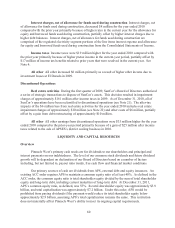 84
84 -
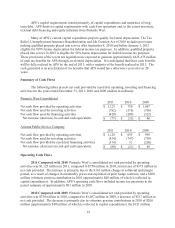 85
85 -
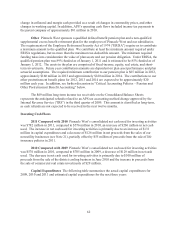 86
86 -
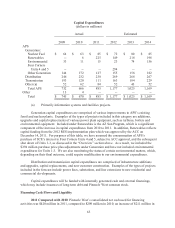 87
87 -
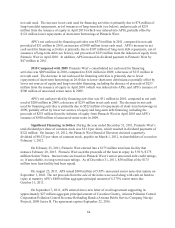 88
88 -
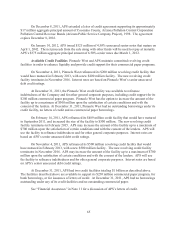 89
89 -
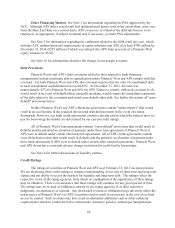 90
90 -
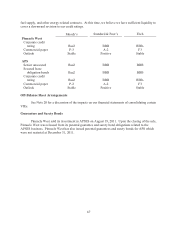 91
91 -
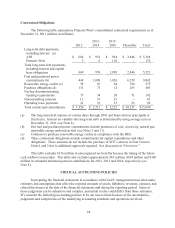 92
92 -
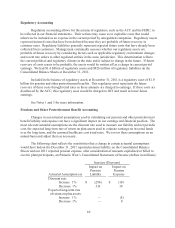 93
93 -
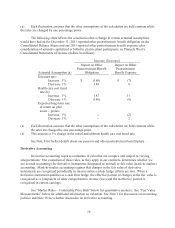 94
94 -
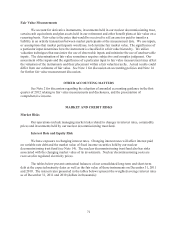 95
95 -
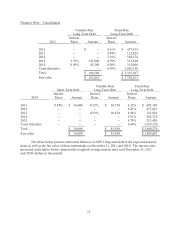 96
96 -
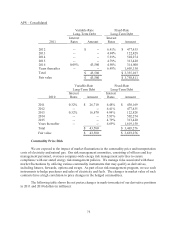 97
97 -
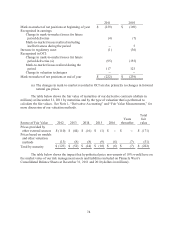 98
98 -
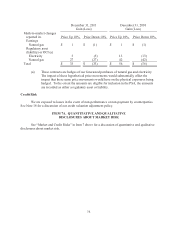 99
99 -
 100
100 -
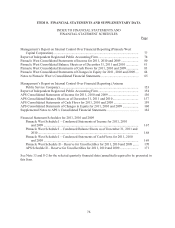 101
101 -
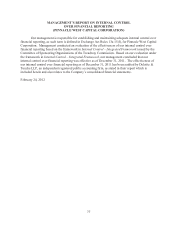 102
102 -
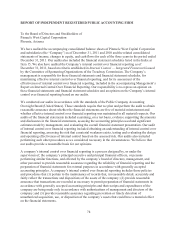 103
103 -
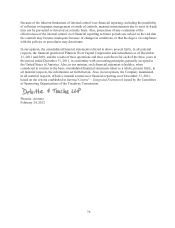 104
104 -
 105
105 -
 106
106 -
 107
107 -
 108
108 -
 109
109 -
 110
110 -
 111
111 -
 112
112 -
 113
113 -
 114
114 -
 115
115 -
 116
116 -
 117
117 -
 118
118 -
 119
119 -
 120
120 -
 121
121 -
 122
122 -
 123
123 -
 124
124 -
 125
125 -
 126
126 -
 127
127 -
 128
128 -
 129
129 -
 130
130 -
 131
131 -
 132
132 -
 133
133 -
 134
134 -
 135
135 -
 136
136 -
 137
137 -
 138
138 -
 139
139 -
 140
140 -
 141
141 -
 142
142 -
 143
143 -
 144
144 -
 145
145 -
 146
146 -
 147
147 -
 148
148 -
 149
149 -
 150
150 -
 151
151 -
 152
152 -
 153
153 -
 154
154 -
 155
155 -
 156
156 -
 157
157 -
 158
158 -
 159
159 -
 160
160 -
 161
161 -
 162
162 -
 163
163 -
 164
164 -
 165
165 -
 166
166 -
 167
167 -
 168
168 -
 169
169 -
 170
170 -
 171
171 -
 172
172 -
 173
173 -
 174
174 -
 175
175 -
 176
176 -
 177
177 -
 178
178 -
 179
179 -
 180
180 -
 181
181 -
 182
182 -
 183
183 -
 184
184 -
 185
185 -
 186
186 -
 187
187 -
 188
188 -
 189
189 -
 190
190 -
 191
191 -
 192
192 -
 193
193 -
 194
194 -
 195
195 -
 196
196 -
 197
197 -
 198
198 -
 199
199 -
 200
200 -
 201
201 -
 202
202 -
 203
203 -
 204
204 -
 205
205 -
 206
206 -
 207
207 -
 208
208 -
 209
209 -
 210
210 -
 211
211 -
 212
212 -
 213
213 -
 214
214 -
 215
215 -
 216
216 -
 217
217 -
 218
218 -
 219
219 -
 220
220 -
 221
221 -
 222
222 -
 223
223 -
 224
224 -
 225
225 -
 226
226 -
 227
227 -
 228
228 -
 229
229 -
 230
230 -
 231
231 -
 232
232 -
 233
233 -
 234
234 -
 235
235 -
 236
236 -
 237
237 -
 238
238 -
 239
239 -
 240
240 -
 241
241 -
 242
242 -
 243
243 -
 244
244 -
 245
245 -
 246
246 -
 247
247 -
 248
248
 |
 |

70
(a) Each fluctuation assumes that the other assumptions of the calculation are held constant while
the rates are changed by one percentage point.
The following chart reflects the sensitivities that a change in certain actuarial assumptions
would have had on the December 31, 2011 reported other postretirement benefit obligation on the
Consolidated Balance Sheets and our 2011 reported other postretirement benefit expense, after
consideration of amounts capitalized or billed to electric plant participants, on Pinnacle West’s
Consolidated Statements of Income (dollars in millions):
Increase (Decrease)
Actuarial Assumption (a)
Impact on Other
Postretirement Benefit
Obligation
Impact on Other
Postretirement
Benefit Expense
Discount rate:
Increase 1% $ (160) $ (7)
Decrease 1% 189 8
Health care cost trend
rate (b):
Increase 1% 187 11
Decrease 1% (148) (9)
Expected long-term rate
of return on plan
assets – pretax:
Increase 1% -- (2)
Decrease 1% -- 2
(a) Each fluctuation assumes that the other assumptions of the calculation are held constant while
the rates are changed by one percentage point.
(b) This assumes a 1% change in the initial and ultimate health care cost trend rate.
See Note 8 for further details about our pension and other postretirement benefit plans.
Derivative Accounting
Derivative accounting requires evaluation of rules that are complex and subject to varying
interpretations. Our evaluation of these rules, as they apply to our contracts, determines whether we
use accrual accounting (for derivative instruments designated as normal) or fair value (mark-to-market)
accounting. Mark-to-market accounting requires that changes in the fair value of derivative
instruments are recognized periodically in income unless certain hedge criteria are met. When a
derivative instrument qualifies as a cash flow hedge, the effective portion of changes in the fair value is
recognized as a component of other comprehensive income (loss) and the ineffective portion is
recognized in current earnings.
See “Market Risks – Commodity Price Risk” below for quantitative analysis. See “Fair Value
Measurements” below for additional information on valuation. See Note 1 for discussion on accounting
policies and Note 18 for a further discussion on derivative accounting.
